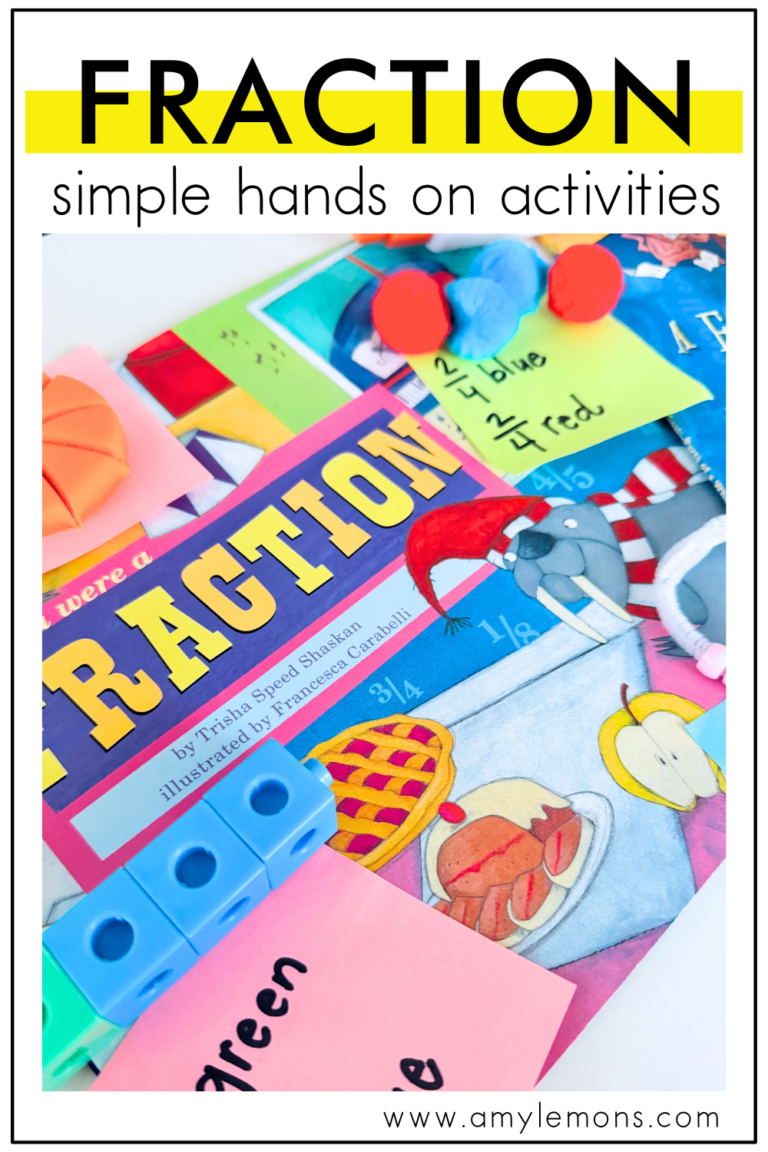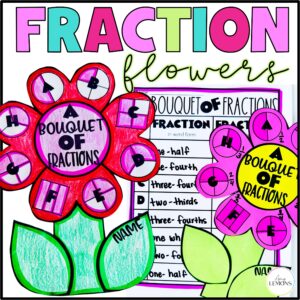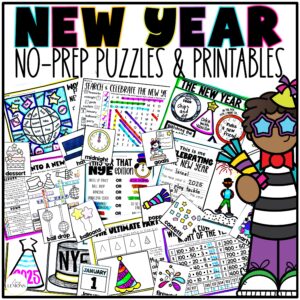

Disclosure: Affiliate links have been used in this post, but I only share items I use and enjoy!
Give your lessons range with a story that teaches essential reading comprehension skills and a valuable life lesson. These two combined turn an ordinary teaching moment into an extraordinary experience, and all you need is an interactive read aloud.
In the book, Bad Apple by Edward Hemingway, students are introduced to Mac, an apple who meets a new worm friend named Will. Will and Mac do everything together. They play together. They explore together. They even finish each other’s sentences!
But, apples are not supposed to be friends with worms. The other apples start teasing Mac calling him a rotten and bad apple. But the duo push through the naysayers.
This story is a perfect way to teach a valuable lesson on the importance of true friendship. Through the engaging tale of “Bad Apple,” students can easily relate to the characters and their experiences, while also developing these essential reading comprehension skills.
Because Bad Apple is so relatable, students can easily learn how to make text-to-self connections. Before reading the text, have students use their schema to think about what makes a good friend.
Describing these friendship traits will help students make connections to the text later when Mac’s friends don’t exhibit positive friendship character traits.
Students will write and draw about a good friend to reinforce how they can identify and be a good friend. Meanwhile, they learn how to connect personal experiences to text and use them to understand more about what they’ve read and the world around them.
As you read the text, there are great stopping points for conversation. During an interactive read-aloud, the teacher facilitates a conversation about the text, often modeling thinking aloud to students.
You can emphasize this point by asking questions before, while, and after reading. Having book questions on hand makes it a seamless process for deepening students’ understanding of making connections and encourages them to make inferences throughout the interactive read aloud time.
Do you find yourself mostly reading a text the entire way through without stopping? Many of us do. However, you can see huge improvements in reading comprehension when you pause for critical thinking. Bad Apple lends itself well to this approach.
For example, in the book, Mac and Will were having the best day ever, but then they ran into a bunch of bullies. Pausing at that point in the text will allow students to predict what will happen to the pair.
Use a making predictions anchor chart to help lead the classroom conversation on what may happen in the next few pages. Alternatively, students can complete a reading response sheet to write or draw predictions based on their perspectives.
Cause and effect is typically a skill used with nonfiction texts but it can also be applied to fictional stories. For example, students look closely at two specific events in the story that played a large role in the outcome.
We can provide support with cause and effect by simply asking students to explain what happened next in the story. For example, when Mac takes Will to the orchard to meet his friends, they make fun of him. Students can explain what happens next as:
Will leaves Mac so he can be a good apple (cause) then (effect) Mac feels sad and lonely.
The act of someone leaving and the feeling of loneliness is a natural feeling we can all relate to which helps highlight the cause and effect relationship in a real-world scenario.
After reading the text, students can identify the lesson the author was trying to convey through the story of Mac and Will. One of being a good friend and accepting others for who they are.
Because you have already laid the groundwork with journal writing, questions about the text, and making predictions, students will apply that knowledge when determining the lesson.
Use a visual aid like the digital poster pictured above to help students unearth the story’s lesson. Seal the end of the interactive read aloud time with a fun character drawing representing everything your students have learned.
Now you’ve incorporated many different comprehension skills and strategies with just one read-aloud!

Hey, y’all! My name is Amy Lemons and I am passionate about providing students with both engaging and effective standards-based Math and ELA lessons.

Sample a day of Rooted in Reading with these lesson plans and activities for Reading Comprehension, Vocabulary, and Grammar!


